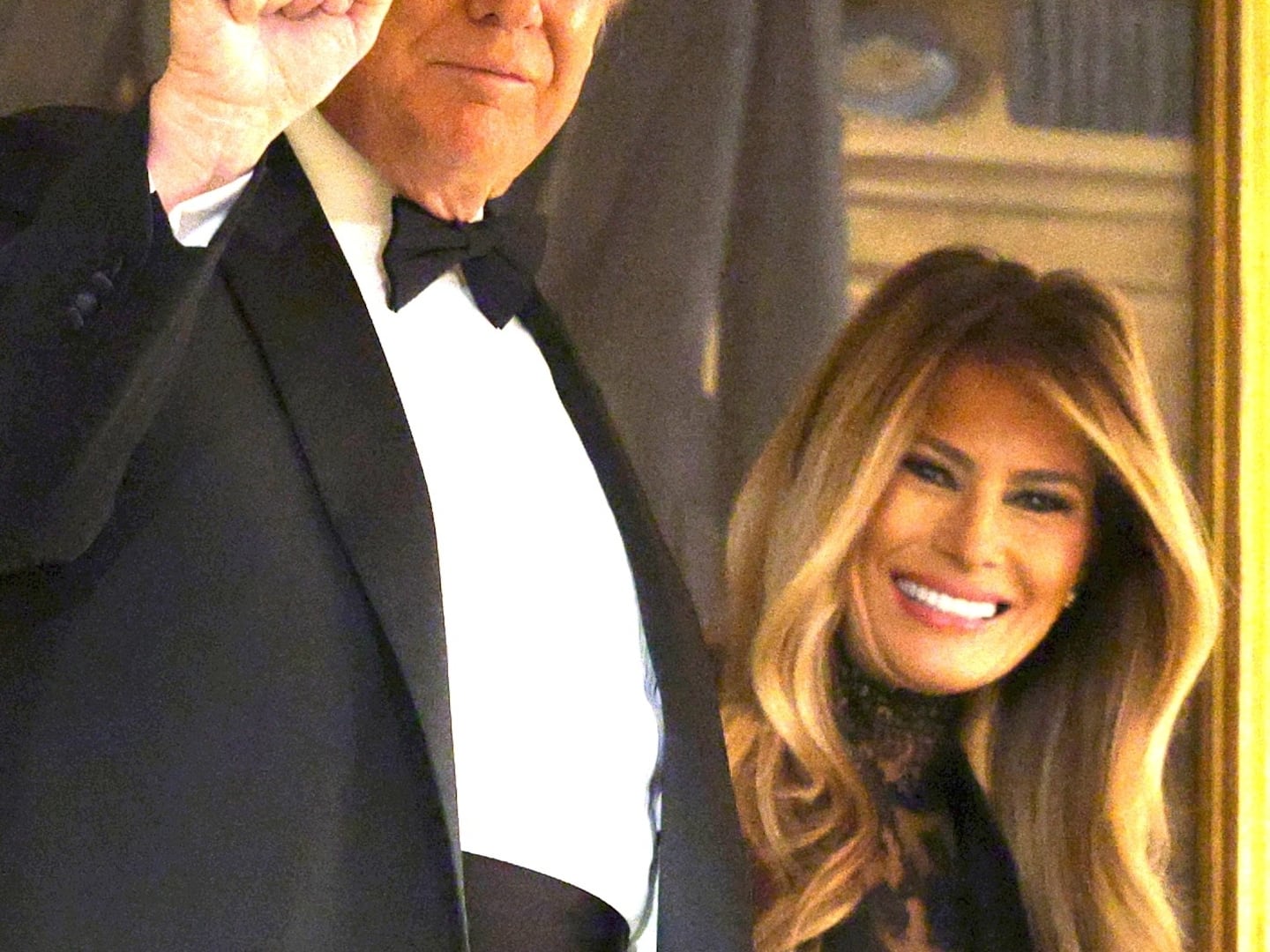The television reboot of Heathers opens with a guidance counselor asking the blonde-haired, blue-eyed Veronica whether or not she is “a hermaphrodite”—the implication being that even though she has a 4.2 GPA and a high SAT score, Veronica needs some sort of marginalized identity to get accepted anywhere other than her safety school.
In short, the new Heathers opens with an unnecessary slur against intersex people—and it only goes downhill from there.
If you believe that kids these days are fragile “snowflakes,” that political correctness is running amok, and that LGBT people are now society’s true bullies, this new Heathers is the show for you. The premiere of the rebooted cult classic, now airing for free online, takes place in a universe—clearly a fictional one—where the football team is oppressed and yesteryear’s fat, queer, and black victims now rule the school with manicured fists. The show feels like it was written for aging Fox News viewers who get angry about people’s gender pronouns—which is odd because it’s clearly being marketed to a young and therefore progressive-leaning audience who may not remember the 1988 original.
The original Heathers were a group of croquet-playing WASPy socialites; the new Heathers are comprised of a plus-size girl, a genderqueer student, and a black girl. In other words, this is less a reboot and more an intentional inversion of the original concept, built on the premise that the bullied have since become the bullies.
Younger viewers—and anyone else who inhabits a real, fact-based world—will know that LGBT and gender non-conforming kids still face disproportionate rates of bullying in school and have a greater likelihood of self-harm. It simply is not true that the tables have turned and the marginalized kids are now in charge. Are there some mean genderqueer people and hurtful art geeks out there? Absolutely. But the Heathers of 2018 acts as if it is now universally the case that these groups can access social capital.
“So fat kids can be popular now?” the principal incredulously asks the faculty during one cringeworthy scene, as they discuss the new Heather Chandler. “Oh, and the damn nerds—don’t tell me they’re popular now, too?” “And the trans kid,” a teacher adds. “The blacks had a good run. Obviously the gays and Jews are over.”
Obviously. The staff discussion then turns to the genderqueer Heather Duke who, in one teacher’s estimation, is “very well-liked.”
“Is he/she fat?” the principal asks, using a common—and not particularly funny—transphobic slur.
When the trailer for this bastardization of Heathers premiered in late January to a resounding, “No, thanks,” from the internet, the showrunner defended the project, telling EW, “People that wouldn’t have necessarily been considered the most popular kids in school in 1988 could very well be—and probably most likely are—the more popular kids today.”
I know some LGBT kids who would very much like that baseless assertion to be true—instead, they’re busy being antagonized by both bullies at school and, effectively, the federal government as well.
Research conducted by GLSEN shows that anti-LGBT bullying in U.S. secondary schools only “gradually” improved from 2005 to 2015, as The Daily Beast has previously reported, so if queer kids are indeed destined to become hallway royalty in your average American high school, it’s not going to happen anytime soon. Although there are exceptions to any general rule, the best social commentary comes from skewering the status quo—as the original Heathers so expertly did—instead of punching down.
And yet here is this new Heathers, which seems so secure in its belief that “normal” kids like Veronica are the new persecuted minority—and that the more identity labels a young person can claim, the more power they wield in the world.
When the genderqueer Heather Duke spies the black—and supposedly lesbian—Heather McNamara making out with a male teacher, Duke exclaims, “Heather Chandler is going to shit herself skinny when she finds out our black lesbian friend is actually only black!”
In moments like these, it seems like the writers have been hate-reading Tumblr for so long that they now believe a certain kind of progressive political piety is the norm inside American high schools. And throwaway jokes like having a character casually use the conspicuously long acronym “LGBTQQIAAP” for comic effect have all been used before by unfunny Twitter trolls. This is disturbingly regressive comedy—and much less intelligent humor than the beloved source material had to offer.
The original Heathers may have included liberal use of the insult “fag” but it did so with purposeful context. As critic Jason Bailey noted for Flavorwire, the film version of Heathers presented “the homophobia of super-jock characters Kurt and Ram” as “one more thing to hate about them.” And when Kurt and Ram were killed together in the forest, leading the mournful parents to believe that the pair were secret gay lovers, one of the fathers publicly declares, “I love my dead gay son,” prompting Veronica’s co-conspirator J.D. to ask the damning question, “How do you think he’d react to his son that had a limp wrist with a pulse?”
In other words, the Heathers of thirty years ago had a more acerbic and sophisticated approach to LGBT issues than this new Heathers, with its almost far-right worldview.
When the trailer for this show went public, the A.V. Club wrote that it came across as a “conservative fantasy of restoring the white, slim, and heterosexual to their proper place atop the teenage hierarchy” but opted to “give the creators the benefit of the doubt.” The first episode, however, plays precisely like that dreaded conservative fantasy—a fantasy for people who think society has gone too far toward acceptance. Indeed, apart from recurring attempts to mock Generation Z’s social media use, the sole idea in the new Heathers seems to be that it’s now uncool to be straight, white, and cisgender.
The new Heathers is for people who think that “identity politics” is the most pressing problem in American schools today—not, say, bullying or gun violence. (“Everybody’s gotta be something,” Veronica complains, early in the premiere.)
The new Heathers is for people who want to see a heteronormative status quo restored before it has even been meaningfully disrupted. (“You know, what if the next truly revolutionary thing was just to be totally normal?” Veronica asks.)
And that means that, ultimately, the new Heathers is not for the people most likely to tune into the new Heathers. The Heathers of 1988 understood what made high school tick. This new show by the same name is a reactionary mess with an easily disproven social thesis. It may be 30 years younger than the film but after just one episode, it already feels antiquated.






